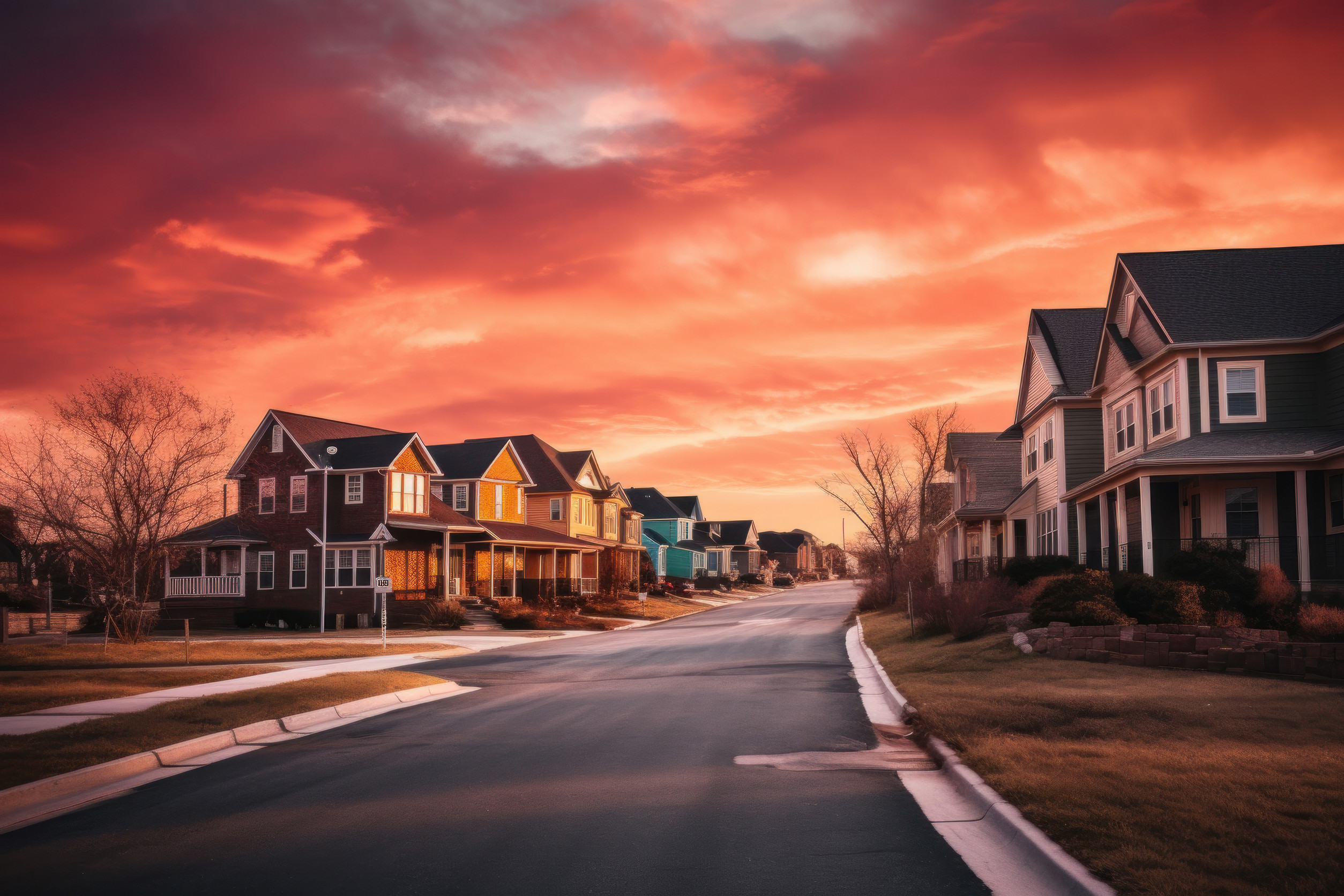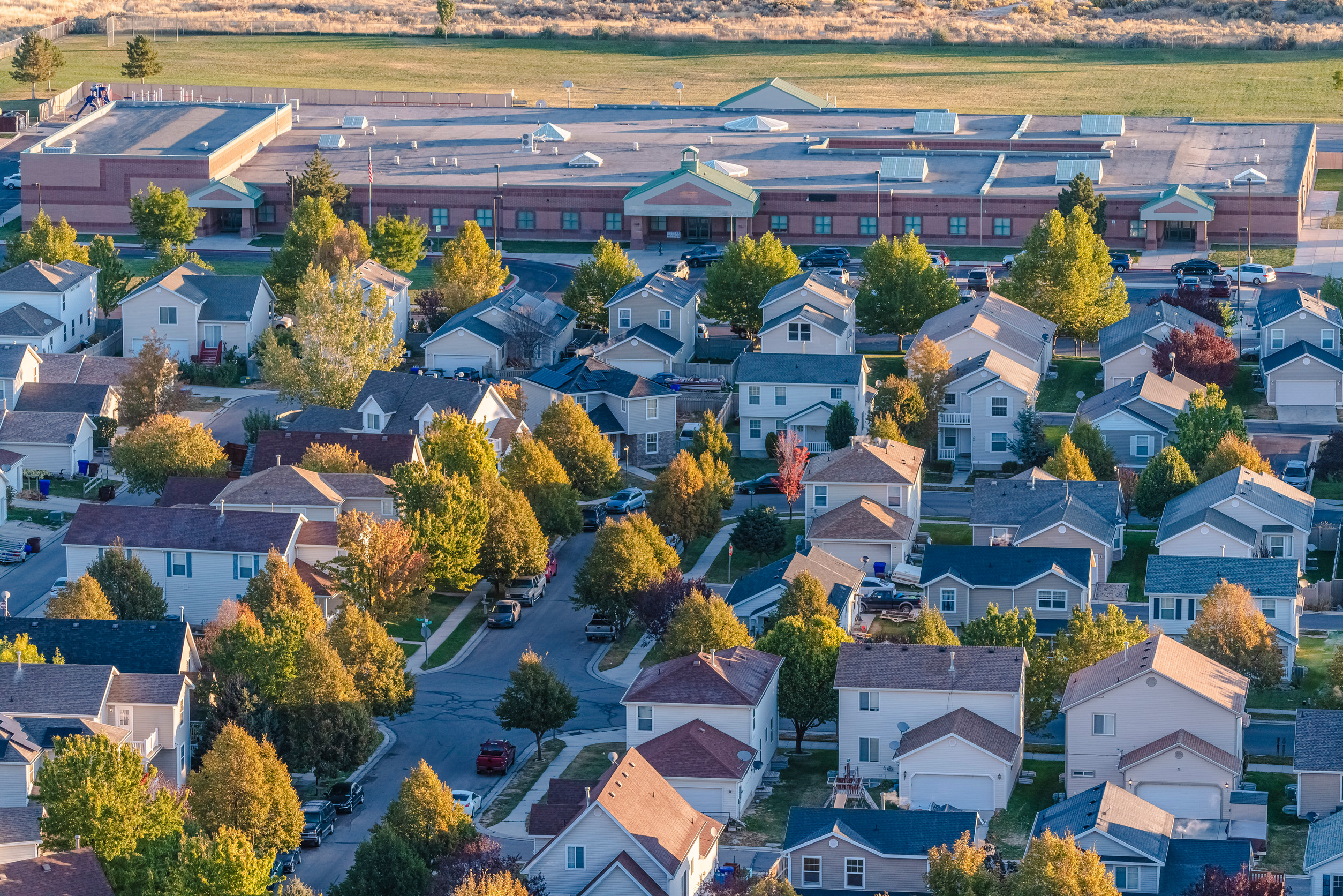
For decades, the American Dream was anchored in the suburbs. White picket fences, two-car garages, and tree-lined cul-de-sacs symbolized stability and success. Generations before chased this ideal with unwavering enthusiasm, eager to settle down, raise families, and commute into the city when necessary.
But as the baton passes to millennials, that vision has started to blur—and, in many cases, vanish altogether. Across the country, more and more millennials are saying no to suburbia, and the reasons go far beyond just rising home prices.
The Cost of Living Is Skyrocketing
Millennials entered adulthood during one of the most financially turbulent eras in modern history. Many were graduating college into a recession, saddled with student loans, stagnant wages, and rising rent. Home prices in many suburban areas have since surged out of reach, especially in the wake of a post-pandemic housing boom.
With inflation touching nearly every part of life, the dream of homeownership has become more of a fantasy than a plan. Instead of chasing that suburban house, many millennials are focusing on financial survival—and that often means staying put in urban rentals or exploring alternative lifestyles.
Career Flexibility Has Changed Priorities
Unlike previous generations, millennials are not tethered to a traditional 9-to-5 office job. Remote work and the rise of the gig economy have transformed the way they view employment and lifestyle. Many now prioritize proximity to coworking spaces, creative hubs, or vibrant downtowns where networking happens over coffee, not conference calls. The flexibility to work from anywhere makes long commutes less justifiable and urban living more desirable. In contrast, suburban life often feels isolating and incompatible with this new professional freedom.
Social Isolation in the Suburbs Is Real
The quiet, spread-out design of many suburbs can feel like a dream for older generations—but to millennials, it can feel more like social exile. Younger adults tend to crave community, diversity, and cultural stimulation, elements more readily found in urban environments. Suburbs often lack public spaces that encourage spontaneous interaction, which can lead to feelings of loneliness and disconnection. Social media might connect people digitally, but in real life, walkable neighborhoods and public hangouts matter more than ever. Many millennials want to live where life happens, not where it hides behind garage doors.

Climate Change and Sustainability Are Top Concerns
Environmental awareness is shaping housing preferences like never before. Millennials are significantly more likely than previous generations to factor sustainability into their lifestyle decisions. Suburbs, with their car dependence and larger carbon footprints, often clash with these values.
Urban living usually means better access to public transit, bike lanes, and energy-efficient apartments. For millennials trying to align their housing with their climate ethics, dense, walkable cities are a better fit than sprawling suburban developments.
Cultural and Lifestyle Amenities Matter More
Today’s millennials are more likely to choose a neighborhood based on its vibe rather than its square footage. They gravitate toward places with art, music, food diversity, and social spaces where culture thrives. Suburbs can sometimes feel culturally sterile, offering chains and strip malls over independent bookstores and late-night ramen spots. Urban neighborhoods tend to offer more dynamic living experiences that align with millennial interests and values. It’s not just about where they live—it’s about how they live when they get there.
Many Millennials Are Delaying or Skipping Parenthood
The traditional suburban pitch assumes one key ingredient: kids. But millennials are waiting longer than any previous generation to start families—if they do so at all. With parenting no longer a default milestone, the desire for large homes, school districts, and backyard swingsets has waned. Instead, they’re focusing on personal fulfillment, travel, and professional goals. Without the pull of raising children, suburban appeal loses much of its gravitational force.
Public Transportation Beats the Daily Commute
Traffic congestion and long commutes have become a major quality-of-life concern. While older generations may have tolerated hour-long drives to the office, millennials see that as a dealbreaker. Cities offer more efficient public transit systems, ride-share options, and the ability to walk or bike to work and entertainment. In contrast, the suburban lifestyle often traps residents in car dependency, a scenario increasingly out of sync with millennial expectations. Time is a currency, and this generation refuses to waste it in gridlock.
Suburban Development Often Lags Behind in Innovation
Millennials are a tech-savvy generation who value innovation, convenience, and modern infrastructure. Urban areas tend to adapt faster, integrating smart technologies, green initiatives, and up-to-date services. Suburbs, in contrast, are often slow to evolve, clinging to outdated planning models and development norms. Many millennials view the suburbs as places that resist change, which makes them feel disconnected from the future they want to help build. This mismatch in pace and values pushes them toward more progressive, adaptable communities.
Racial and Cultural Diversity Matters More Than Ever
Diversity isn’t just a preference for many millennials—it’s a priority. They are the most diverse adult generation in U.S. history and often seek inclusive environments where different cultures intersect. Suburbs, particularly those built decades ago, have a history of exclusionary practices like redlining and zoning laws that still shape their demographics today. While things have changed, many suburbs continue to lack the diversity that millennials are used to in cities. Choosing where to live is about finding belonging, and for many, that means bypassing the suburbs altogether.
The Definition of Success Is Being Redefined
Perhaps the most profound shift is philosophical. Millennials are questioning whether the suburban dream was ever their dream to begin with. For previous generations, a house in the suburbs symbolized success, maturity, and security. But millennials are redefining success as flexibility, experiences, balance, and meaningful connection. It’s not about trading up in square footage—it’s about trading up in quality of life.
Is The Suburban Dream Still Alive?
The suburban dream is no longer the default path for America’s rising generation. Instead of white picket fences, millennials are chasing freedom, sustainability, community, and authenticity. As they continue to reshape norms and challenge old models, the housing market—and society at large—will need to adapt. Whether it’s by choice or necessity, the migration away from suburbia is rewriting what it means to “make it” in America.
What do you think? Have you felt this generational shift in housing and lifestyle values? Add your thoughts in the comments below—your perspective matters.
Read More
10 Things Millennials Are Losing That Their Parents Took for Granted
Why Millennials Are Opting Out of Marriage, Mortgages, and Motherhood
The post Why Millennials Are Abandoning the Suburban Dream appeared first on Everybody Loves Your Money.







